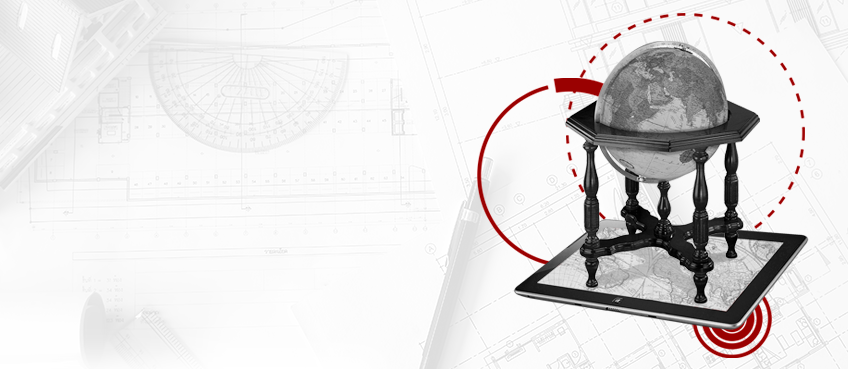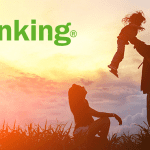FROM PRODUCT TO PLATFORM
The role of Core Banking in the digitalization of the banking sector.
The current business climate is characterized by an increase in the number of solutions available by which the requirements of consumers or service users can be fulfilled; the number of possibilities for personalizing these solutions; and the speed with which each of these solutions is updated.

The trends described above can be seen in a range of industries, and banking is not immune to these changes.
We consulted the CIOs of Latin American financial institutions about the current state of banking. They used the words shown in Figure 2 to refer to “two worlds” that currently exist side by side: Traditional Banking and Digital Banking.[i]

The elements used to describe Traditional Banking suggest a context that is “Fixed”, “Slow” and “Limited”. By contrast, the words used to describe Digital Banking indicate a “Changeable”, “Fast” and “Plentiful” environment.
These descriptions allow us to conclude that Traditional Banking offers very few products and services – in relation to the specific needs of the consumer or user – with the expectation that the same offer can satisfy multiple different demands. Moreover, traditional banking has long and slow internal processes. Although no one can say with certainty what the banking of the future will look like, it will probably be characterized by an offer that includes a range of products, one for each type of customer demand. This will afford a high level of adaptability in relation to the needs and expectations of the client. It will also permit the implementation of short and agile internal processes.

This change poses a substantial challenge for organizations, which need to decide how to offer products and services in line with the cited trends. This difficulty is greater still in the case of financial institutions. Banks are often criticized for being slow to adapt to new business environments. While it is fair to say that we all have room for improvement, it’s worth noting that these businesses, for which security is a fundamental value, have an additional challenge. There is a trade-off between security and change, as all change implies some level of risk and the banking sector offers “security” as one of its core values.
In this context, Core Banking Systems play a crucial role in allowing banks to capture existing innovation and incorporate it quickly, offering it to the greatest number of people possible while maintaining a high level of security. For this to happen, it is vital that the Core Banking System begins to operate as a platform and as “a place to establish and build” (Mariano de Larrobla).
A Core Banking solution that operates as a platform has characteristics that distinguish it from those operating as products:
- API First: Unlike typical integration on demand, in this new model, API exists prior to implementation. Each implementation may be different, but the API is the same and is developed through careful planning. When initially designing the system, one should bear in mind those who are going to build on top of the API, taking their needs into account and ensuring that the API is self-explanatory and user-friendly.
- Promotes integration: : In contrast to what has historically taken place, integration is actively sought. Programs are developed to attract innovation generated by startups and to facilitate collaboration between these companies and financial institutions.
- Cloud-native: Offering the possibility of operating in the cloud allows the development of new business models that adapt to different contexts and financial institutions.
- Pay per use: Pricing adapts to the new environment and is more closely tied to use than to conditions that lack relevance in the context of digitalization.
- Agile Projects: In an environment of constant and rapid change, projects require an iterative and incremental approach, continually capturing market feedback and incorporating solutions.

In summary: In order to contribute to the process of digitalization in the banking sector, Core Banking needs to be able to operate as a platform with the following characteristics:
Strong foundations: the solution must have the ability to process large amounts of data, without errors, 24/7, providing security and fulfilling all regulations with which the organization must comply.
Ensures quality: the system must be predictable, ensuring that it always works in line with the established requirements.
Ensures ongoing training: The platform must allow individuals to be trained to use the platform, manage it, and build solutions for it.
Facilitates and promotes integration: The system must use an API to allow the rapid integration of innovation generated both internally and externally. Programs must be developed to attract innovation generated by startups and facilitate collaboration between these companies and regulated banking institutions.
Provides efficiency to the business model: By offering the possibility of cloud-based operations, it generates cost efficiency, flexibility and responsiveness.

Marcelo KosecGeneral Manager

Fernando PanizzaI+D Manager

Antonio de los CamposStrategic Planning Manager
More information: comunicaciones@dlya.com.uy




Post a comment